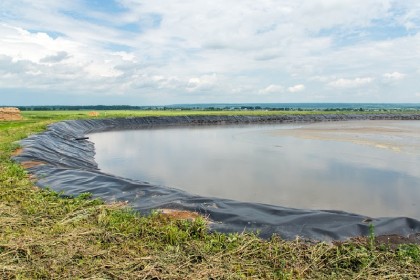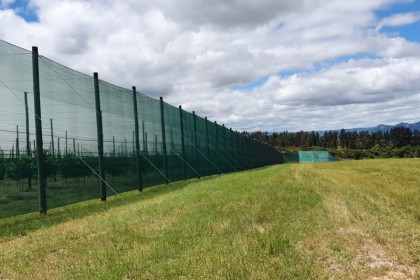
The Changing Face Of Agricultural Finance
‘Ultimately, finance unlocks opportunity. So, to accommodate the changing opportunities and market dynamics in the agricultural landscape, traditional financing needs to evolve.’
This view was shared by Nedbank’s head of agriculture, John Hudson, in a panel discussion on financing models in the agricultural industry at Nation in Conversation at Nampo 2023.
Hudson says that, traditionally, agricultural finance focused mainly on security-based lending, but banks have moved away from this mindset, with a renewed focus on repayment ability first and security as a secondary factor. ‘Track records and management play vital roles in determining repayment ability. Historically, financing has focused on commercial agriculture where you have access to reliable information such as financial statements and production statistics, a proven track record, and in many instances, tangible security over the fixed property. This is the traditional approach which has served banks well over the years and has resulted in substantial investment in the sector.’
Applying different thinking to provide access to finance for modern farmers
Now, the challenge is to provide finance to small-scale and modern farmers, where track records and security are not available, and banks and financiers are looking at other ways to service this segment of the market. ‘Banks are slowly moving from a risk-averse approach to managing risk, but to accommodate the needs of this sector of the market, there is a need to look to partners that are closer to the farmer or have the expertise to deliver on a specific need. Examples of this would include the long-awaited blended finance scheme, which will see banks partner with government to provide a combination of lending and grant funding to lower the risk of transactions, and Nedbank’s partnership with SA Partners in Agri Land Solutions (SA PALS), for which Nedbank has provided enterprise-development funding,’ says Hudson.
He adds that financing models are changing from a top-down to a bottom-up approach, and financiers are working with farmers and communities in terms of their unique requirements. ‘Of course, striking a balance between internal drivers and external factors is key. Going forward, I believe that, in addition to the farmer, working with communities is going to become more and more important. The problems faced in service delivery and electricity are issues common to us all, and solutions will involve private funders.’
Hudson says that impact investing – investing in projects that have a positive social or environmental impact – is also being used to provide a stepping-stone approach where small-scale farmers, who demonstrate a sustainable business model, are migrated from a grant or highly subsidised funding to interest-bearing debt over time.
Technology is a major driver in evolving agricultural financing models
Hudson says that banks are embracing technology – often via a partner using a shared-risk and reward principle – to manage their risk by monitoring performance, as well as the underlying commodity or asset. ‘There have been several recent developments in agricultural finance that are aimed at managing the banks’ risk while improving access to finance for agribusinesses in all sectors of the industry,’ he says. ‘Data-based record keeping eases the admin burden and offers improved tracking of expenses and activities, resulting in greater efficiency and productivity for the agribusiness. This, in turn, builds the track record that the financier needs to manage risk, particularly in the case of small-scale farmers who can’t provide this record via balance sheets and historical performance.’
In the same vein, data analytics has immense potential, particularly the benchmarking and agricultural data analytics provided by companies like Source BI, which enables farmers to compare themselves with others while providing their bank with credible and reliable information when they apply for finance. Further tools are satellite mapping and the monitoring of crops, while blockchain technology improves transparency and traceability in supply chains to lower the risk for value chain and trade finance.
The changing agricultural landscape and the widening gap between big, small and modern farmers are real challenges, and are no more evident than in times of downturn when the ability of an agribusiness to recover from and navigate these challenges is brought into sharp focus. ‘At the end of the day, we as financiers need to understand our risk and farmers’ repayment ability before entering into a transactional agreement. Taking a long-term view and applying a relational, farmer-centred approach helps us gain a full understanding of the risk drivers and mitigation strategies of individual agribusinesses while addressing client-specific pain points and needs. This approach, together with leveraging technology to its full extent and harnessing the power of the right partnership, will ensure that banks and other agricultural financiers remain relevant and are able to cater to the evolving needs of our rapidly changing agricultural sector,’ says Hudson.
Nedbank was a co-sponsor of the Nation in Conversation panel discussion series held at Nampo Harvest Day between 16 and 19 May in Bothaville in the Free State.












